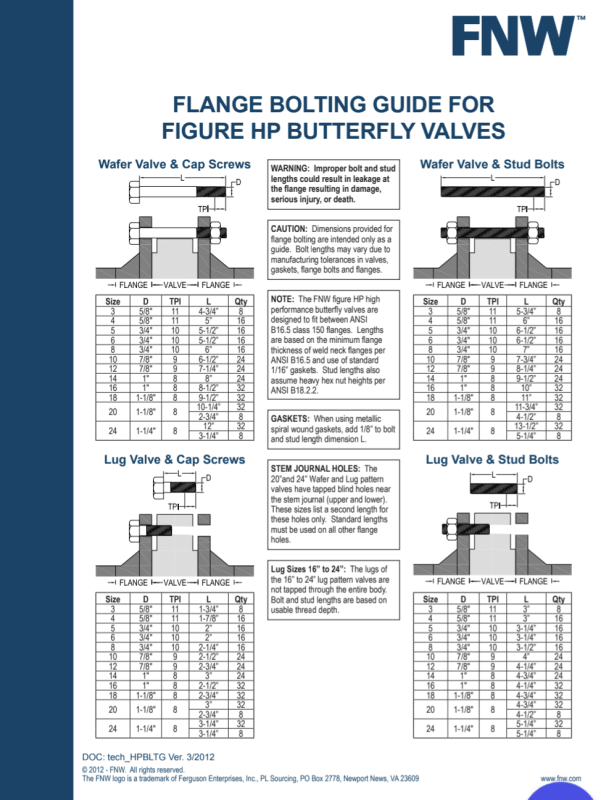p6g2p6
Mechanical
- Jul 28, 2021
- 37
Hi,
I am looking to install a lugged butterfly valve with a 316SS body. I'm trying to decide if I should use B7 or B8 (class 2) Hex bolts for this application. The flanges are also 316SS. My concerns with using B8 bolts are the lower strength, and the risk of galling (even if using a anti-seize). They're also not cheap. My concern with using B7 bolts is the risk of galvanic corrosion occurring between the valve body and bolts, since there will be direct contact at the threads.
Does anyone have any experience with stainless lugged body valves? Do you think I'd be fine using B7 bolts if we use a lubricant?
Any input would be greatly appreciated.
Thanks.
I am looking to install a lugged butterfly valve with a 316SS body. I'm trying to decide if I should use B7 or B8 (class 2) Hex bolts for this application. The flanges are also 316SS. My concerns with using B8 bolts are the lower strength, and the risk of galling (even if using a anti-seize). They're also not cheap. My concern with using B7 bolts is the risk of galvanic corrosion occurring between the valve body and bolts, since there will be direct contact at the threads.
Does anyone have any experience with stainless lugged body valves? Do you think I'd be fine using B7 bolts if we use a lubricant?
Any input would be greatly appreciated.
Thanks.

